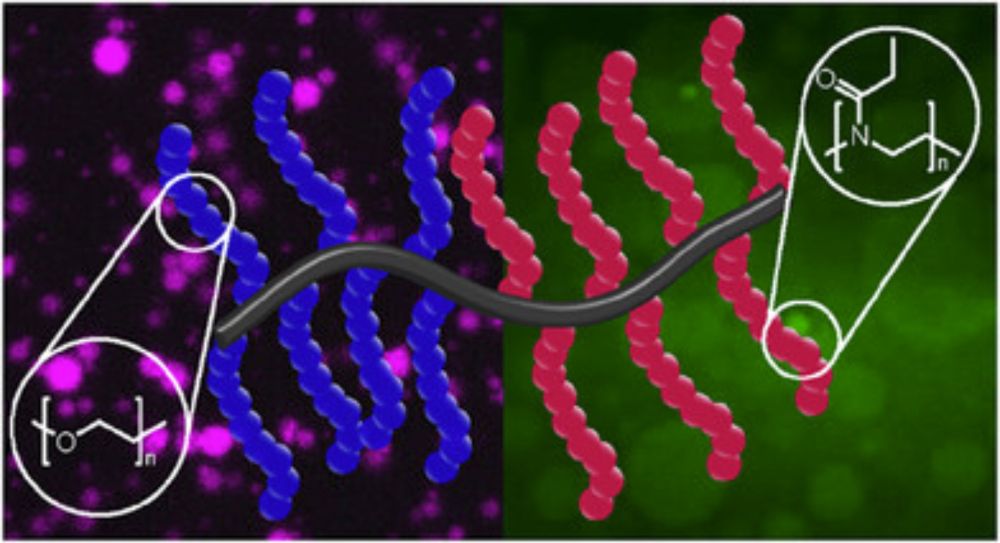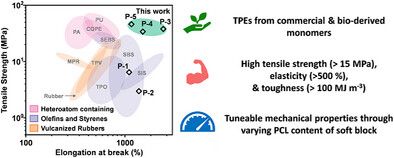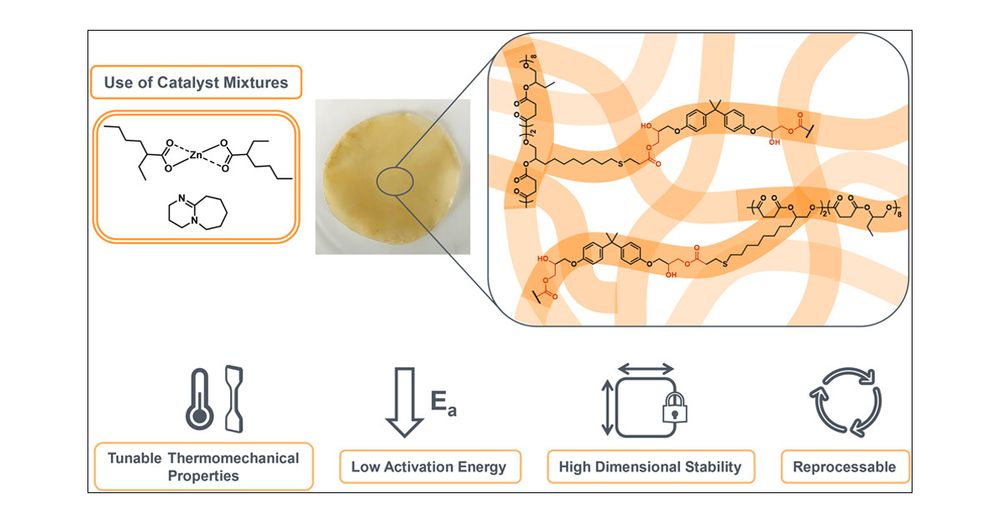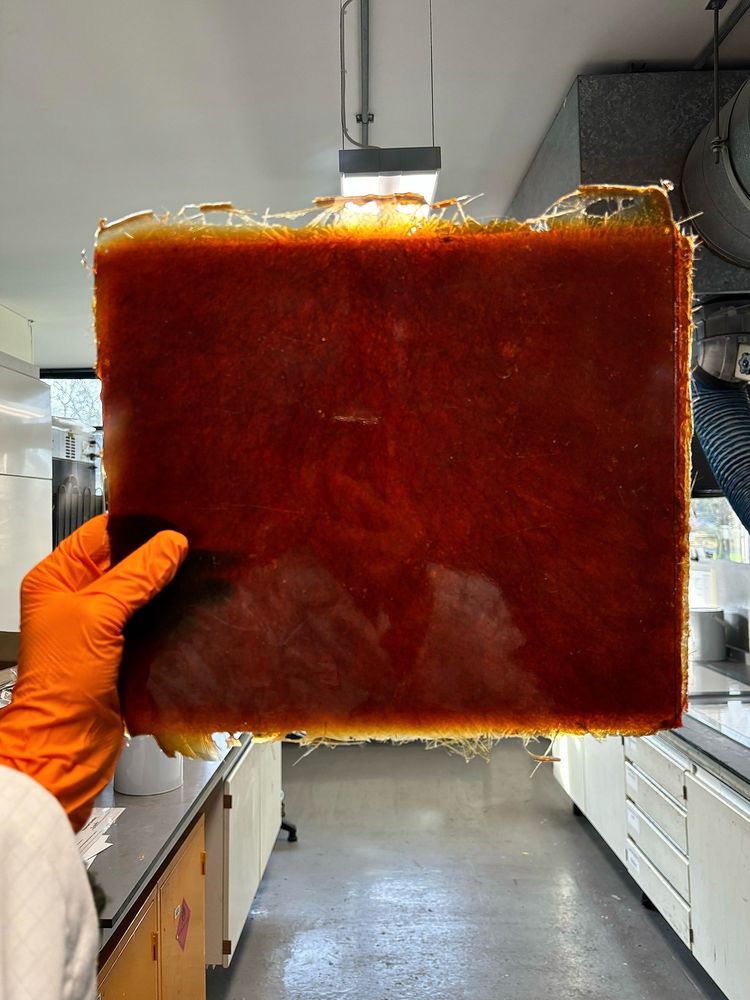Matilde Concilio
@matildeconcilio.bsky.social
200 followers
210 following
6 posts
♻️ Synthetic polymer chemist working on dynamic networks and 🧬 deeply interested in biomaterials
🧪 Postdoctoral Research Fellow in the Williams group at the University of Oxford
⚗️ Former PhD researcher in the Becer group at the University of Warwick
Posts
Media
Videos
Starter Packs
Reposted by Matilde Concilio












